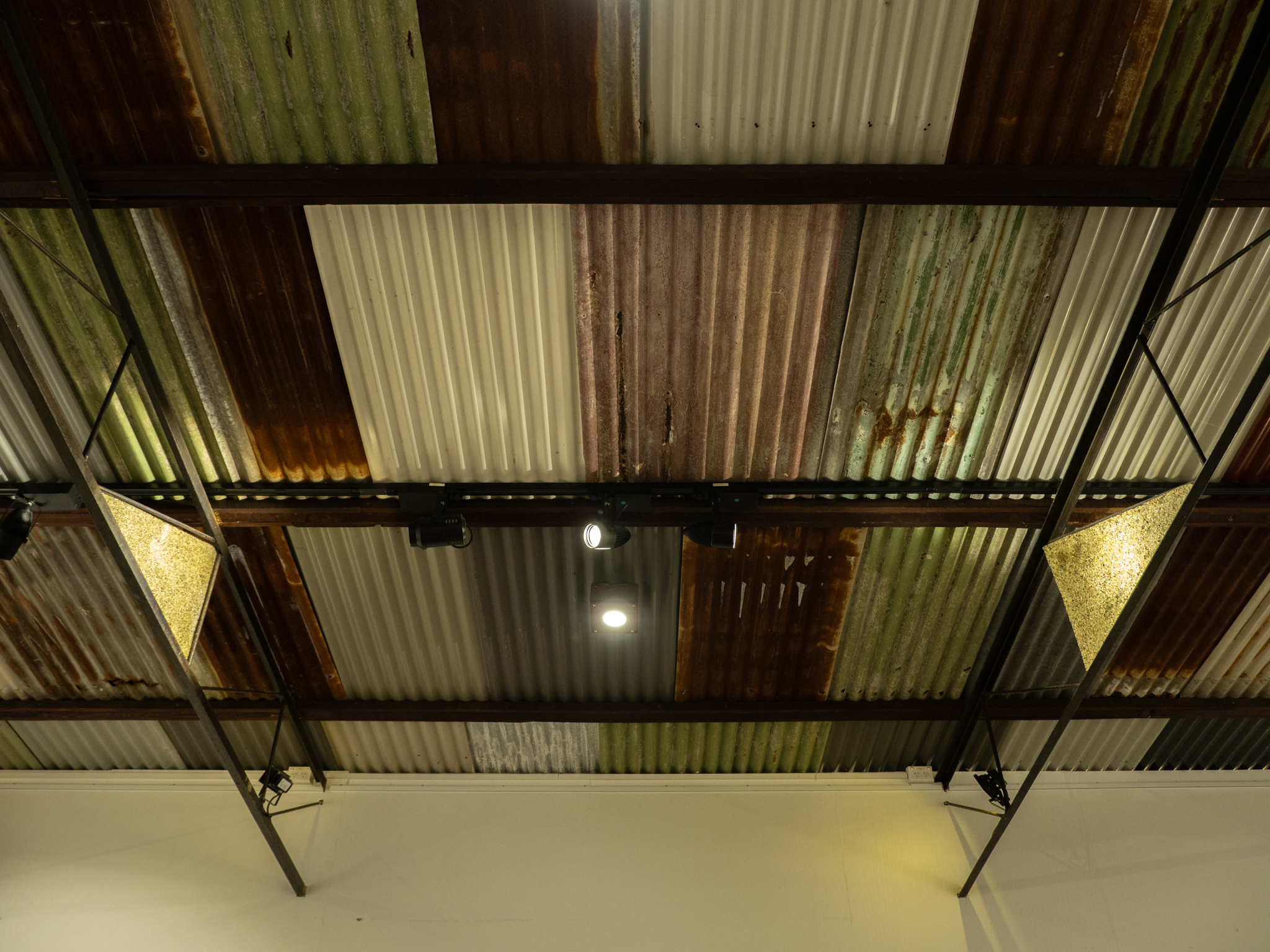 Emma Pinsent, if you could return, 2024, edition of 2, ground recycled soda lime bottles, and resin, each work approx. 50cm x 73cm. Images by Richard Trang.
Emma Pinsent, if you could return, 2024, edition of 2, ground recycled soda lime bottles, and resin, each work approx. 50cm x 73cm. Images by Richard Trang. Emma Pinsent, if you could return, 2024, edition of 2, ground recycled soda lime bottles, and resin, each work approx. 50cm x 73cm. Images by Richard Trang.
Emma Pinsent, if you could return, 2024, edition of 2, ground recycled soda lime bottles, and resin, each work approx. 50cm x 73cm. Images by Richard Trang.